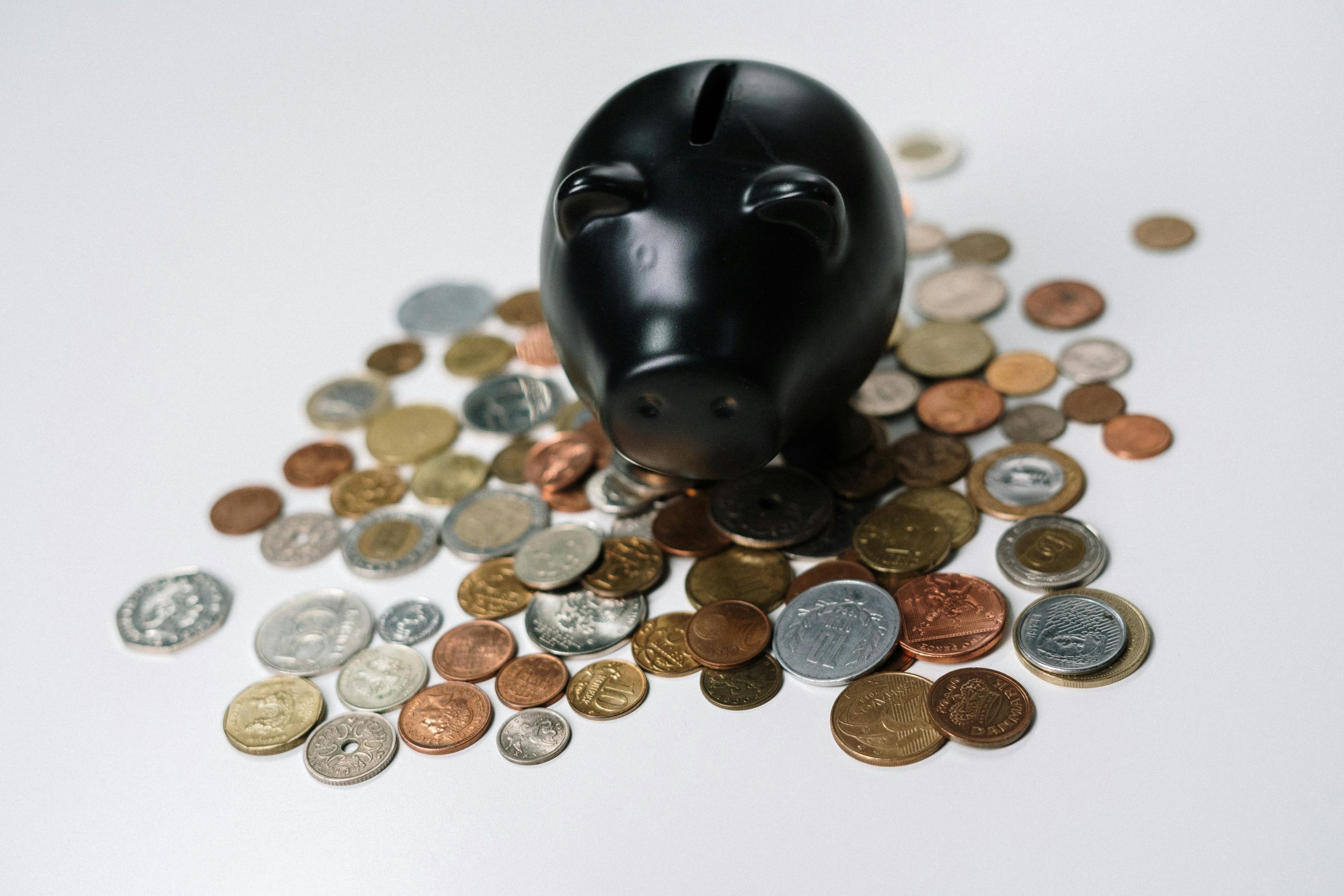
Complete guide to business investment rounds
Investment rounds are crucial stages in the startup lifecycle. As a company grows and evolves, it needs capital at different times to finance its expansion, product development and operations. This article explores the different types of investment rounds, from the seed stage to series A, B and later, providing a comprehensive analysis of each one.
Bootstrapping and Pre-Seed
The bootstrapping phase is when entrepreneurs finance their startups with their own resources, avoiding the dilution of their participation in the company. This stage is crucial to preserve the greatest amount of equity and negotiate better conditions in future funding rounds. If there is not enough personal capital available, personal loans and business lines of credit can be used.
In pre-seed, most of the capital comes from friends and family. This stage, according to an article by Alejandro Cremades for Forbes, can provide between $10,000 and $150,000, and often includes funding through contests and grants. It’s important to be cautious with the amount of equity ceded to these early investments.
Seed Investment Round
The seed investment round is the first phase of external funding that a startup receives. This type of investment is primarily used to turn an idea into a minimum viable product (MVP) and cover initial operating expenses. Investors at this stage are usually family members, friends and angel investors. The capital raised in the seed round allows the company to validate its idea in the market and establish a solid base for future investments.
The definition of a seed stage startup has evolved, with an increase in round sizes and ratings. Investors now expect to see more evidence of market readiness and revenue generation. Early-stage investors have raised their standards and are now asking due diligence questions that were previously reserved for Series A rounds. Although more is expected from startups, investors recognize that they shouldn’t have everything figured out at this stage. The key is to invest in people with a vision and a strong thesis about where they are going.
The goals and ratings of seed rounds have increased. Maren Bannon, partner at January Ventures, advises in a TechCrunch article that having between $300,000 and $1 million in annual recurring revenue (ARR) is strong for a seed round, a figure that was previously sufficient for a Series A. However, there are exceptions, such as deep technology or artificial intelligence startups, where a compelling team or an interesting story can compensate for the lack of traction in the market.
Seed rounds typically range between $800,000 and $4 million, with an average pre-money valuation of $10 million. Although these valuations may be inflated due to bridging rounds that have not been adjusted to the realities of the current market.
Series A, B, C and more
The Series A investment round is the next phase of funding after the seed. At this stage, the startup has already validated its product or service and has demonstrated that there is a demand in the market. The primary objective of Series A is to scale the business. This includes growing the customer base, improving the product, and expanding into new markets. The funds usually come from venture capital firms and can range from $2 million to $15 million, depending on the sector and the company’s potential. Forbes mentions that Series A investors are looking for companies with a clear monetization strategy and a strong team to execute their vision.
The Series B investment round focuses on taking the company to the next level, significantly expanding its reach and capabilities. In this phase, startups already have a proven business model and are generating significant revenues. The funds raised in Series B are used to expand equipment, increase production capacity, enter new markets and develop new product lines. Investments at this stage are usually larger, generally between $15 million and $50 million. According to Crunchbase, Series B companies must demonstrate sustainable growth and strong market traction.
Series C and later investment rounds are designed for companies looking to further scale their operations, expand internationally, or prepare for an initial public offering (IPO). In this phase, companies are already leaders in their sector and are looking to consolidate their position in the market. Investments can come from venture capital, private investment funds, banks and strategic corporations. The amounts raised in these rounds are substantial, often exceeding $50 million. A CB Insights report notes that companies that reach Series C and beyond tend to have significant revenues and a strong customer base.
